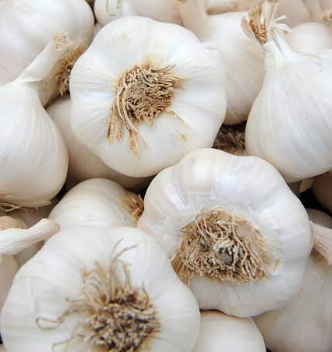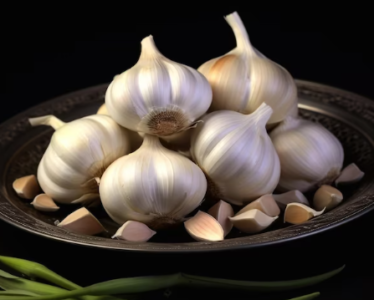In the culinary world, few ingredients carry as much significance and ubiquity as garlic. Its pungent aroma and distinctive flavor are staples in kitchens worldwide. However, in recent times, the humble garlic has found itself at the center of an unexpected saga – a surge in prices that has left consumers and traders alike grappling with the repercussions.
1. Impact of Imports from China
One of the primary factors driving the escalation in garlic prices is the influx of large-sized garlic imports from China. As these imports flood the market, they exert pressure on local supplies, leading to a scarcity that drives prices upward.
2. Weather Conditions Affecting Garlic Yield
Additionally, adverse weather conditions in key garlic-producing regions, particularly in North India, have contributed to a decline in domestic garlic yields. Unfavorable weather patterns, such as erratic rainfall or unseasonal temperature fluctuations, have disrupted garlic cultivation, further exacerbating the scarcity and driving prices higher.
Ramifications on Consumers and Traders

1. Financial Strain on Consumers
The escalating prices of garlic have placed a significant financial burden on consumers, impacting household budgets and altering spending patterns. What was once a commonplace ingredient has now become a luxury for many, forcing consumers to reconsider their culinary choices and adapt to the new economic reality.
2. Declining Interest of Traders
In tandem with consumer woes, traders and retailers are also feeling the pinch of soaring garlic prices. With profit margins dwindling and consumer demand waning, many traders have opted to reduce or altogether cease their dealings in garlic. This loss of interest further compounds the market dynamics, contributing to a volatile environment for garlic trade.
Coping Strategies for Consumers
1. Adapting to Food Without Garlic
For consumers accustomed to the distinct flavor profile of garlic-infused dishes, the prospect of navigating meals without this staple ingredient may seem daunting. However, adapting to food without garlic presents an opportunity to explore new culinary horizons and experiment with alternative flavor enhancers.
2. Exploring Alternatives such as Garlic-based Sauces
Alternatively, individuals unwilling to forgo the essence of garlic can explore substitutes such as garlic-based sauces and condiments. These products offer a convenient workaround, allowing consumers to savor the essence of garlic in a more concentrated form while mitigating the financial strain associated with fresh garlic purchases.
Conclusion: Navigating Through the Garlic Price Surge
In conclusion, the unprecedented surge in garlic prices presents a formidable challenge for consumers and traders alike. While the root causes of this phenomenon are multifaceted, the need for adaptive strategies and resilience is paramount. By embracing alternative culinary approaches and exploring innovative solutions, individuals can navigate through this period of garlic price volatility with resourcefulness and creativity.
Click Here For More Latest News
FAQs
- Why have garlic prices risen suddenly?
- Garlic prices have surged due to a combination of factors, including imports from China and adverse weather conditions affecting domestic yields.
- How are consumers coping with the high prices of garlic?
- Consumers are adapting by either exploring alternative ingredients or opting for garlic-based sauces and condiments to satisfy their culinary preferences.
- Are there any long-term solutions to stabilize garlic prices?
- Long-term solutions may involve initiatives to bolster domestic garlic production and reduce dependence on imports, along with strategies to mitigate the impact of weather-related disruptions.
- What impact does the surge in garlic prices have on the restaurant industry?
- The restaurant industry may experience challenges in managing costs and menu offerings, potentially leading to adjustments in pricing and ingredient sourcing.
- Will garlic prices eventually stabilize, and if so, when can we expect this to happen?
- While garlic prices may fluctuate in the short term, stabilization could occur as market forces adjust to supply and demand dynamics. However, the timeline for this stabilization remains uncertain and is contingent on various factors such as agricultural policies and global market trends.










